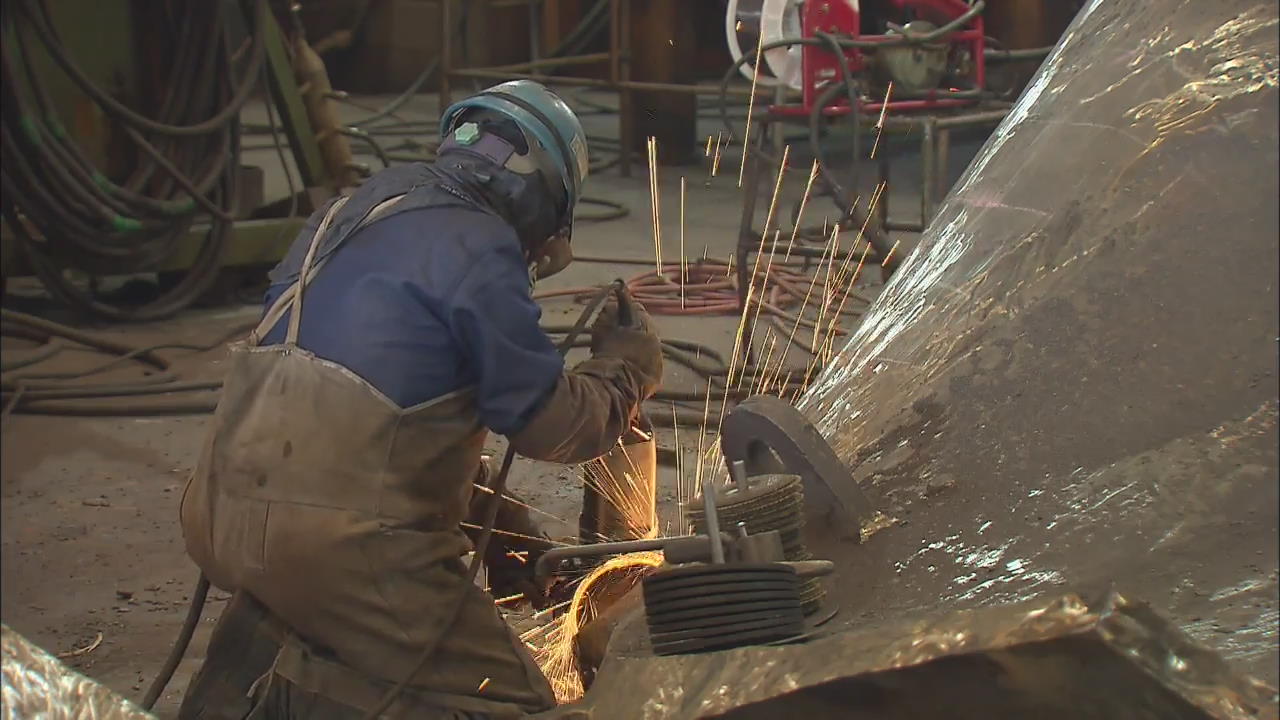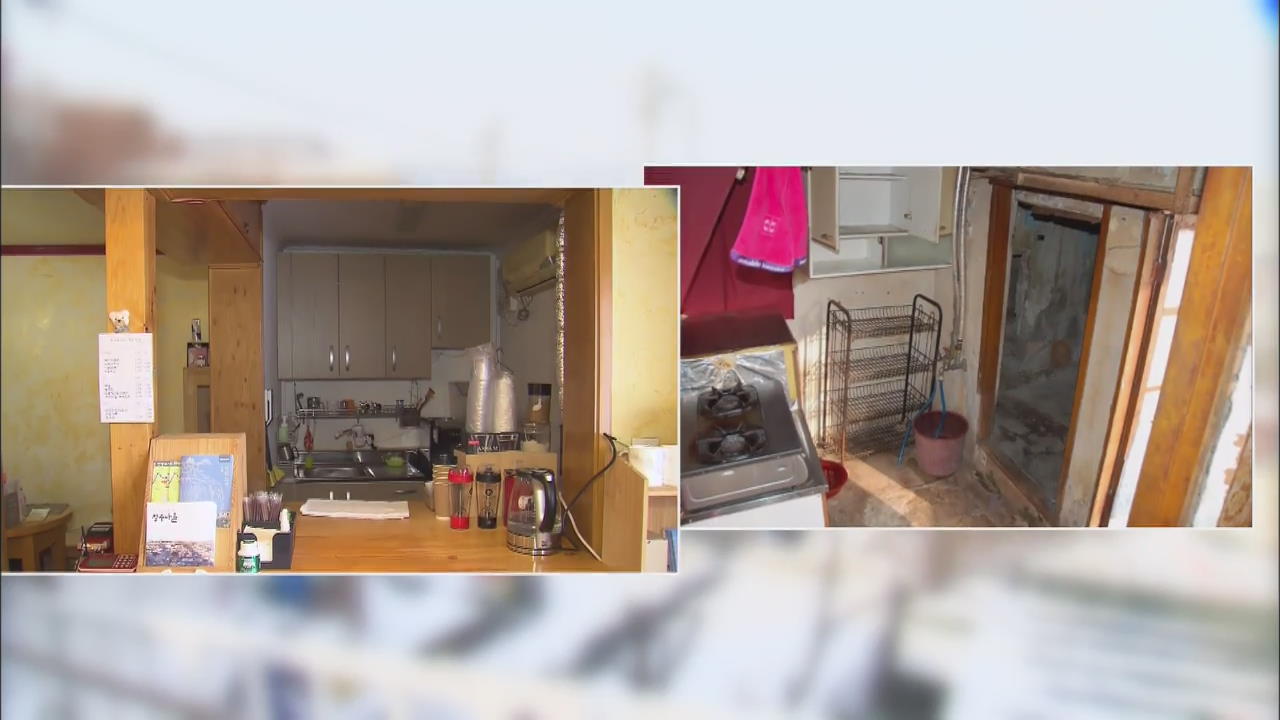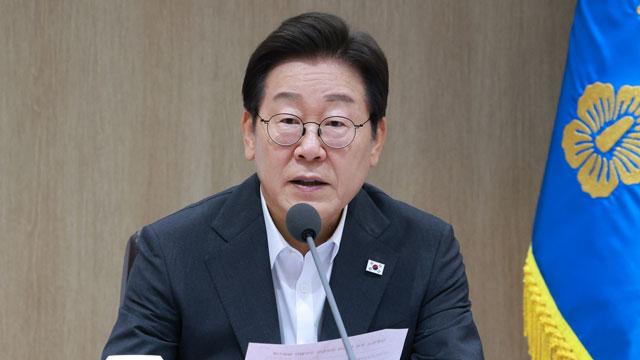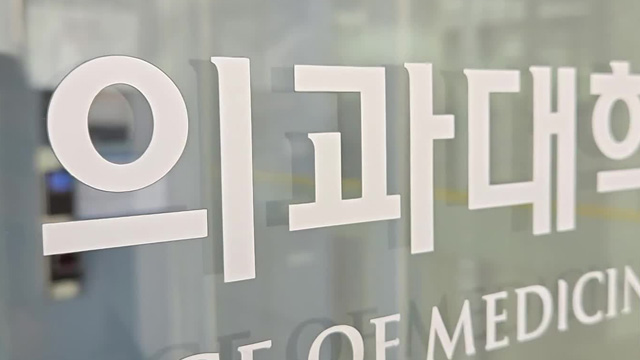Artificial Lighting
입력 2017.01.24 (14:07)
수정 2017.01.24 (14:17)
읽어주기 기능은 크롬기반의
브라우저에서만 사용하실 수 있습니다.
[Anchor Lead]
Supplemental lighting has become indispensable at farms during the winter, when there is relatively little sunshine compared with other times of year. Here's how farmers grow their crops using artificial light.
[Pkg]
About 30 percent of rose farms use artificial lighting, because sufficient lighting is essential to prevent the formation of black spots on roses and make their color bright enough.
[Soundbite] Ko Kwang-min(Flower Farmer) : "I installed the supplemental lights because people want to buy roses of unique colors and such flowers cost more on the market."
Farmers cultivating tomatoes and other vegetables also use supplemental lighting. A study conducted by the Rural Development Administration shows that the use of supplemental lighting during the three winter months boosted strawberry production by 30 percent and nearly doubled cucumber production compared to the crops that were raised using natural light only. Artificial lighting has become an essential part of farming in winter, because the amount of sunshine drops to only 70 percent of the spring levels and there are many cloudy and dusty days.
[Soundbite] Kwon Jun-kook(Rural Development Administration) : "It's especially effective on cloudy or smog days. Supplemental lighting helps prevent biological disorders and pests in crops."
The Rural Development Administration expects more farms to install supplemental lighting despite the installation costs surpassing 8,000 dollars for a hundred lights and monthly electricity costs.
Supplemental lighting has become indispensable at farms during the winter, when there is relatively little sunshine compared with other times of year. Here's how farmers grow their crops using artificial light.
[Pkg]
About 30 percent of rose farms use artificial lighting, because sufficient lighting is essential to prevent the formation of black spots on roses and make their color bright enough.
[Soundbite] Ko Kwang-min(Flower Farmer) : "I installed the supplemental lights because people want to buy roses of unique colors and such flowers cost more on the market."
Farmers cultivating tomatoes and other vegetables also use supplemental lighting. A study conducted by the Rural Development Administration shows that the use of supplemental lighting during the three winter months boosted strawberry production by 30 percent and nearly doubled cucumber production compared to the crops that were raised using natural light only. Artificial lighting has become an essential part of farming in winter, because the amount of sunshine drops to only 70 percent of the spring levels and there are many cloudy and dusty days.
[Soundbite] Kwon Jun-kook(Rural Development Administration) : "It's especially effective on cloudy or smog days. Supplemental lighting helps prevent biological disorders and pests in crops."
The Rural Development Administration expects more farms to install supplemental lighting despite the installation costs surpassing 8,000 dollars for a hundred lights and monthly electricity costs.
■ 제보하기
▷ 카카오톡 : 'KBS제보' 검색, 채널 추가
▷ 전화 : 02-781-1234, 4444
▷ 이메일 : kbs1234@kbs.co.kr
▷ 유튜브, 네이버, 카카오에서도 KBS뉴스를 구독해주세요!
- Artificial Lighting
-
- 입력 2017-01-24 14:08:08
- 수정2017-01-24 14:17:56

[Anchor Lead]
Supplemental lighting has become indispensable at farms during the winter, when there is relatively little sunshine compared with other times of year. Here's how farmers grow their crops using artificial light.
[Pkg]
About 30 percent of rose farms use artificial lighting, because sufficient lighting is essential to prevent the formation of black spots on roses and make their color bright enough.
[Soundbite] Ko Kwang-min(Flower Farmer) : "I installed the supplemental lights because people want to buy roses of unique colors and such flowers cost more on the market."
Farmers cultivating tomatoes and other vegetables also use supplemental lighting. A study conducted by the Rural Development Administration shows that the use of supplemental lighting during the three winter months boosted strawberry production by 30 percent and nearly doubled cucumber production compared to the crops that were raised using natural light only. Artificial lighting has become an essential part of farming in winter, because the amount of sunshine drops to only 70 percent of the spring levels and there are many cloudy and dusty days.
[Soundbite] Kwon Jun-kook(Rural Development Administration) : "It's especially effective on cloudy or smog days. Supplemental lighting helps prevent biological disorders and pests in crops."
The Rural Development Administration expects more farms to install supplemental lighting despite the installation costs surpassing 8,000 dollars for a hundred lights and monthly electricity costs.
Supplemental lighting has become indispensable at farms during the winter, when there is relatively little sunshine compared with other times of year. Here's how farmers grow their crops using artificial light.
[Pkg]
About 30 percent of rose farms use artificial lighting, because sufficient lighting is essential to prevent the formation of black spots on roses and make their color bright enough.
[Soundbite] Ko Kwang-min(Flower Farmer) : "I installed the supplemental lights because people want to buy roses of unique colors and such flowers cost more on the market."
Farmers cultivating tomatoes and other vegetables also use supplemental lighting. A study conducted by the Rural Development Administration shows that the use of supplemental lighting during the three winter months boosted strawberry production by 30 percent and nearly doubled cucumber production compared to the crops that were raised using natural light only. Artificial lighting has become an essential part of farming in winter, because the amount of sunshine drops to only 70 percent of the spring levels and there are many cloudy and dusty days.
[Soundbite] Kwon Jun-kook(Rural Development Administration) : "It's especially effective on cloudy or smog days. Supplemental lighting helps prevent biological disorders and pests in crops."
The Rural Development Administration expects more farms to install supplemental lighting despite the installation costs surpassing 8,000 dollars for a hundred lights and monthly electricity costs.
이 기사가 좋으셨다면
-
좋아요
0
-
응원해요
0
-
후속 원해요
0














![[단독] 위성락 실장 “전작권 협상 카드 아냐…카드로 써서도 안 돼”](/data/layer/904/2025/07/20250713_uwNBPL.jpg)


이 기사에 대한 의견을 남겨주세요.